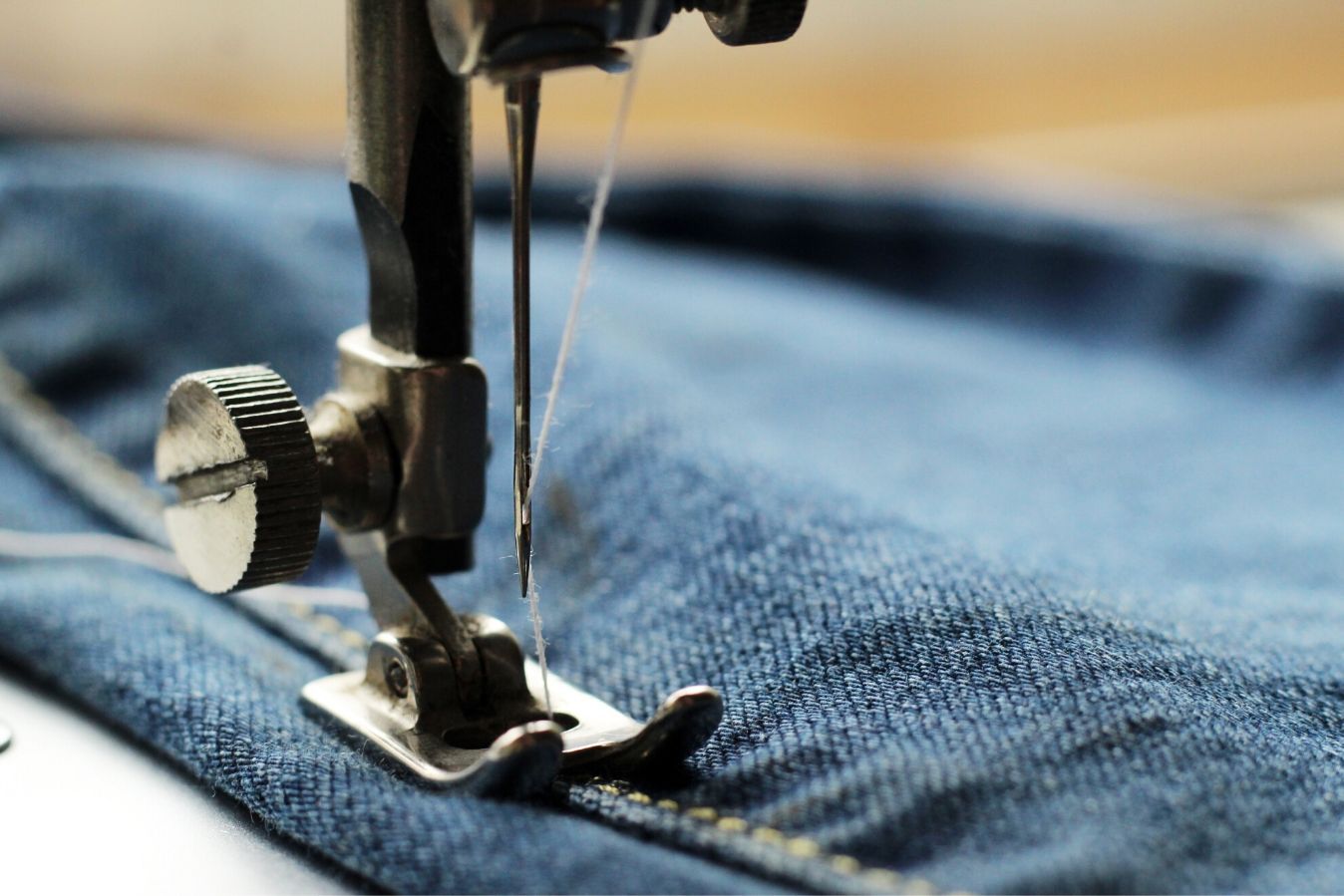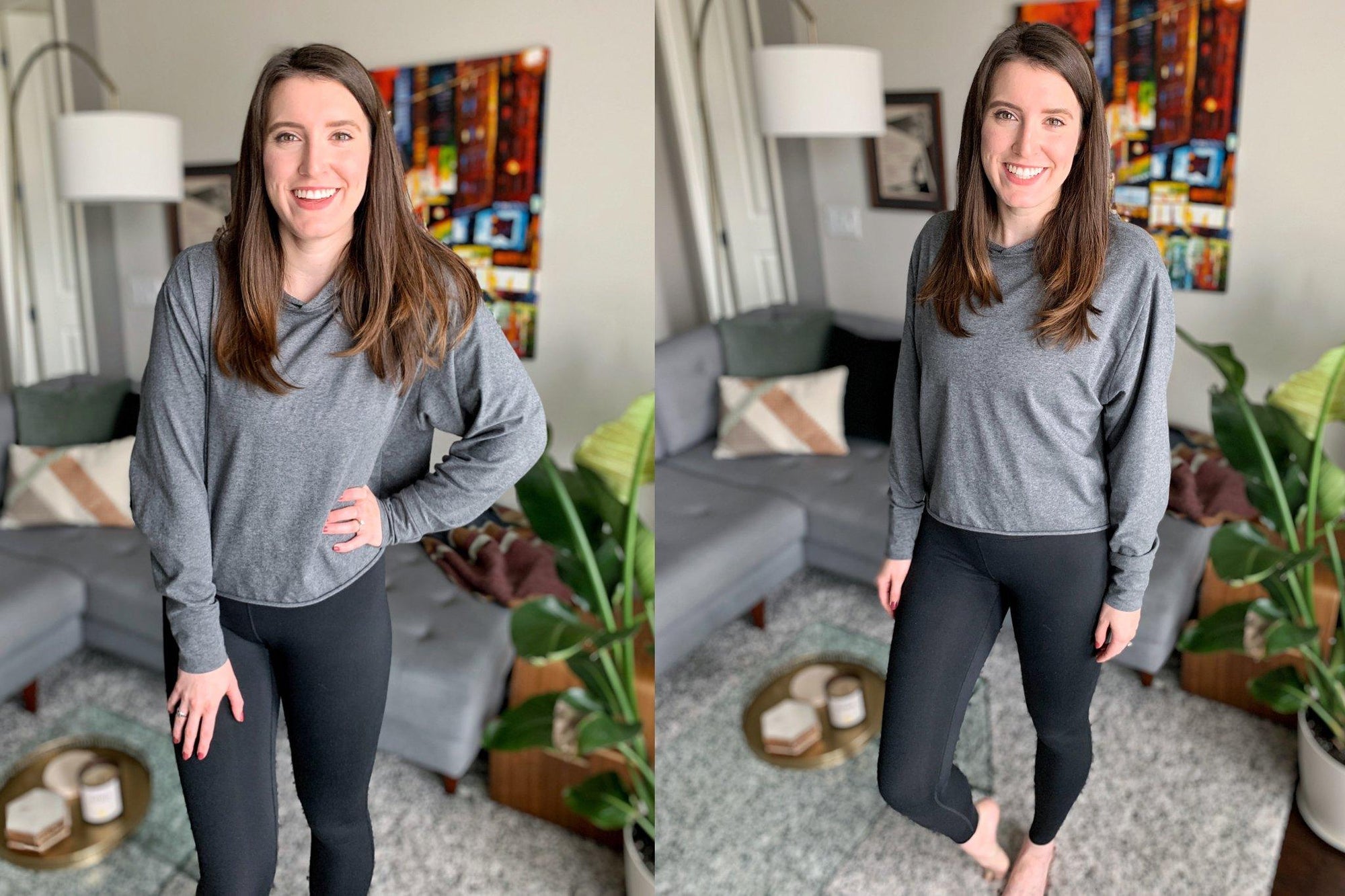Everyone wears clothes today. Cheap or expensive, common or luxury, generic or name brand, there is something for everyone out there. Still, while clothes are important for many people, the history of clothes and textile production goes back to prehistoric times. Below is a brief history of fabric and textiles that everyone should read to learn more about how clothes became what they are today.
Ancient Origins
History of the earliest clothes dates back to the prehistoric period of the Pleistocene era, where early hominids, homo heidelbergensis, wore the earliest forms of clothes. Scholars believe primitive clothes date back 100,000 to 500,000 years ago. Sewing needles date back 50,000 to 60,000 years ago around modern-day Siberia, South Africa, Slovenia, Russia, China, Spain, and France. Some of the earliest dyed fibers were found in caves dating back over 30,000 years ago in Georgia. Other textile artifacts, like net gauges, spindle needles, and weaving sticks, were found in ancient civilizations 5000 years Before Common Era.
Fabrics and textiles became prevalent in the Ancient world. Specifically, ancient civilizations in India, Egypt, China, sub-Saharan Africa, Eurasia, South America, and North and East Africa all had some forms of textile production. The two main types of this until the Medieval Period were known as warp-weighted looms and two-beam looms. These featured a wide length of cloth beam with a cloth woven on it. Two-beam looms used full loom widths draped or tied into place. The Bronze Age saw the rise of clothing production in India and the Ancient Near East (around the present-day Middle East). Europeans used the famous Silk Road Trade Route that spread textile knowledge and materials from China to Egypt and then to Rome. The Iron Age proved to be an effective transition period into the Medieval Ages. Leather belts, woven wool tunics and skirts, breeches, and dresses were common attire. Leather shoes even protected the feet from outside elements.
Medieval Period
During the Medieval Ages, clothing and textile manufacturing became prominent items due to the mass use of dyes and prints. In early medieval Europe (about 400 to 1100 Common Era), the style of dress depended on geographic location, fabric, and purpose. The Franks, Anglo-Saxons, and Visigoths dressed in practical clothes, such as tunics, belts, visible trousers, or leggings. Romanized populations, on the other hand, still incorporated long tunic and other traditional Romanized attire. Silk and other imported fabrics became popular materials amongst royalty and the upper elite. The upper classes wore dyes, patterns, and embroidered decorations on their clothes to symbolize their wealth and status. Lower and working classes in the feudal system wore undyed, plain, locally woven wool items.
The High Medieval Period (approximately 1100-1400 Common Era), witnessed a change in wool and dyeing processes. While lower classes still wore the same traditional, plain attire as before, Crusaders brought back knowledge of fine textiles, Egyptian cotton, and silks. This proved to be very popular for royalty and nobles who often wore Italian woven brocade or Ottoman or Chinese silks. Political and cultural changes in the 1400s Near East and Europe marked a drastic shift in fashion. Laces, buttons, curved seams, and early forms of tailoring allowed for greater changes in clothing and style.
Renaissance and Enlightenment
From the 1400s to the 1700s, fashion grew in style and dress as more people wore dyed and elaborate items. Although wool was still the common fabric choice, it became one of England’s economic backbones. England exported it all over Europe, and dyed wool came in many rich colors, like reds, golds, blues, and greens. Silk-weaving also grew in this time, as European countries relied less on Chinese or Ottoman silks and began to weave their own. In addition to the aristocracy, other classes began to wear luxury fabrics at this time, too.
Spanish fashion had a large influence on other European fashion trends during the 15th and 16th centuries. Black grew to become a recognizable formal color, and bobbin lace was the preferred textile method. Interestingly, shirts and collars at this time featured ruffs, which showed a ruffle around the neckline. Even still, the English and Spanish fashion trends differed from the French and Italian styles of the time.
Additionally, Europe was not the only area to capitalize on fabric and textiles during the Renaissance and Enlightenment periods. In Mughal India, muslin and other specialty cotton-based fabrics made up most of its international trade and about 95% of the British imports from the area. It was so highly prized that, in the 1700s, Indian fabrics were sent to the Americas and far East. In pre-colonial North America, indigenous tribes used natural plant fibers and leather from animal skins to construct their clothes. Early European traders prized beaver pelts, particularly, for their warmth and comfort.
The Colonial Period and Industrial Revolution
In the 18th century, clothes were worn either as full dress, to indicate formal wear, or undress, to indicate everyday wear. Full dress for both genders composed of elaborate silks and embroidery. Still, men typically wore coats, waistcoats, and breeches, whereas women wore panniers and dresses made up of printed chintzes, cotton, and muslins.
The 19th century saw the birth of mechanized and mass-produced textiles with the Industrial Revolution. Waterwheels and steam-engine machines mechanized fabric production. Also, assembly line organization—even if by hand—and textile factories greatly improved production speeds. The sewing machine also came out around this time to streamline clothing production. Advances in transportation, such as steamboats, canals, and railroads, decreased shipping costs and product outreach. Consumers could buy cheaper items from farther away, rather than more expensive local items. Significantly, textile and clothing factories also allowed women to leave domestic duties and work. Thus, the industrial revolution changed the availability of clothes and fabrics as well as the domestic structure with new economic opportunities to women.
20th Century to Present
The 20th and 21st centuries also saw rapid changes in the fabric and textile industries. Synthetic fibers allow manufacturers to make clothes faster and more cheaply than with natural fibers. Some of these synthetic fibers are stronger, more elastic, and durable than before. Mechanization in textile production also allows for different weaving and knitting patterns, finishes, and other modifications, like stain resistance, flake resistance, and antimicrobial. Great dye technology also makes hard-to-dye application doable. Today, the textile industry has raised a few controversial issues. Specifically, unfair and unsustainable practices related to environmental and worker-related issues raise concerns among consumers. Most countries purchase their clothing from Bangladesh, China, India, and other East Asian nations, each of which raises billions of dollars in apparel exports.
With that, check out our selection of natural and synthetic fibers for wholesale purchase at Fabric Wholesale Direct. We sell denim fabric wholesale, as well as Spandex, cotton, and other apparel and fashion fabrics for your sewing needs. You can create dresses, jackets, pants, or anything else you desire with our wide assortment of fabric options. Just contact us with any questions or concerns, and we’ll be happy to help.

 Transparent
Transparent
 White
White
 Pink
Pink
 Red
Red
 Orange
Orange
 Ivory
Ivory
 Yellow
Yellow
 Gold
Gold
 Brown
Brown
 Green
Green
 Blue
Blue
 Purple
Purple
 Grey
Grey
 Black
Black
 Multi
Multi
 Abstract
Abstract
 African Print
African Print
 Animal Print
Animal Print
 Baby & Nursery
Baby & Nursery
 Buffalo Check
Buffalo Check
 Camo Print
Camo Print
 Celestial
Celestial
 Chevron
Chevron
 Church
Church
 Damask
Damask
 Embroidered
Embroidered
 Floral
Floral
 Geometric
Geometric
 Gingham Check
Gingham Check
 Houndstooth
Houndstooth
 Licensed
Licensed
 Paisley
Paisley
 Plaid
Plaid
 Polka Dot
Polka Dot
 Sports
Sports
 Stripe
Stripe
 Tie Dye
Tie Dye



1 comment
Graham white
Would like to have a chat to somebody.
Would like to have a chat to somebody.